Spring currant care

Spring is the time for compulsory care of fruit shrubs and trees. Ignoring such actions can lead not only to loss of yield, but also to the death of the plant. Each species requires individual attention, including black, red, white currants.
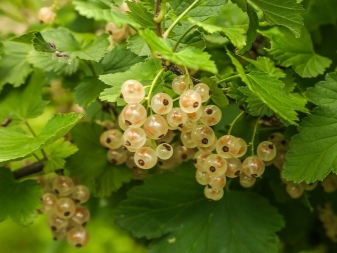
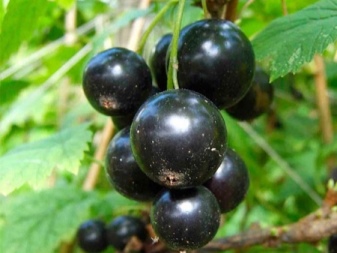
Taking shelter
The period when the snow has just melted, but the bushes are still sleeping, is the very interval during which you can help weakened currants. Facilitate her recovery after a stressful period and preparation for the growing season. The advantage of currants is their unpretentiousness, but even they need care and attention. It is quite often filled with unfavorable spaces for the beds, allotted places along the fences, in uncomfortable areas, but it still pleases the owners with a delicious vitamin berry. It is necessary to reconsider the attitude towards it, to show concern, to prevent degeneration, to give an opportunity for full-fledged development.
As soon as the daytime temperature reaches +5 degrees, you can remove the protective shelter after winter. It is impossible to delay with this, since the branches may begin to rush. The remains of snow are removed, the surface of the earth is cleared of last year's plant residues, and a visual inspection is carried out. Particular attention should be paid to the kidneys - swollen ones indicate that a female kidney mite hibernates in them.
It is during this period that she begins to actively reproduce - each is capable of laying up to 80,000 eggs. Such buds are removed and necessarily burned along with last year's litter.
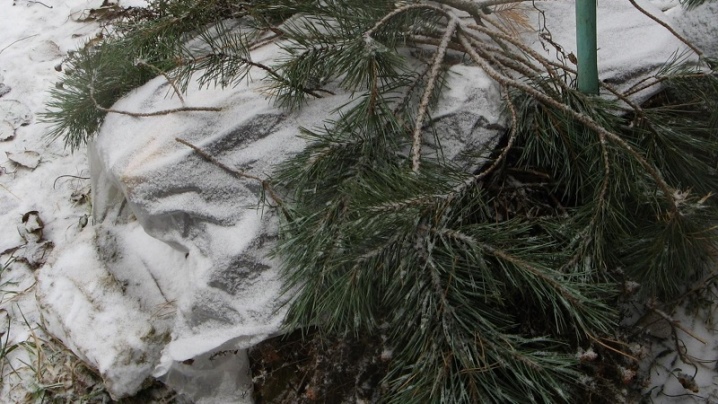
Pruning
One of the obligatory spring jobs in the country is sanitary and formative pruning. This technique frees the plant from diseased and damaged shoots, unloads it from excessive thickening, and forms a beautiful crown of optimal size.
Correct algorithm:
- remove damaged and dead branches:
- in black currant, shoots are cut over 4 years old, in red and white - over 6 years old;
- thin shoots should not be left, since their fruits are small and sour;
- remove annual shoots, giving preference to strong branches;
- annual branches are shortened by 10-15 cm, cutting them off half a centimeter above the extreme bud to prevent it from drying out;
- if observation has shown no growth over the past couple of years, 2-3 of the most powerful branches are removed on such a bush;
- all zones of the bush need sunlight, so they remove some of the branches inside the crown;
- branches, almost or completely affected by a tick, must be removed and burned.
When pruning, you need to remember that bushes with the simultaneous presence of young and old branches can give a full harvest, you just need to bring their balance in line. The approximate number is 20-25 shoots from 1 to 3-6 years old.
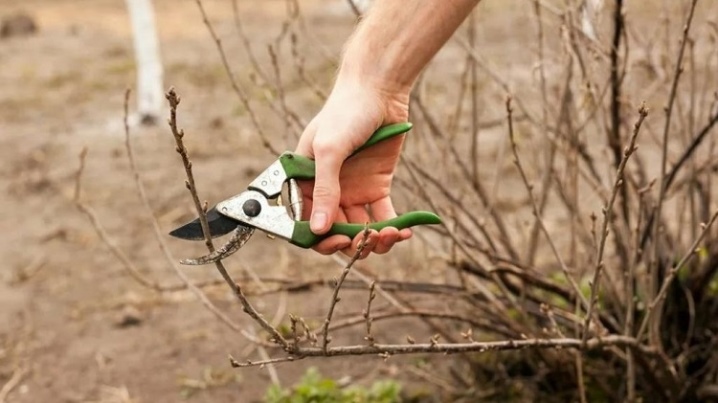
The final stage of pruning is cutting the crown, shaping it. No more than 7 buds are left on the shoot, which provokes its development in breadth, and not in length.
In addition to pruning, currants need physical support in the form of support. Now in specialized stores there is a large selection of hoops for this purpose, but the support can be built independently from improvised means.
- A stake in the center of the bush is not a very good option, although it sometimes occurs. All shoots are raised and tied to a support. However, the bush in this position is poorly ventilated, the green mass almost does not let the sunlight inside.
- A square, triangular frame made of timbers, set on stakes driven into the ground and enclosing shrubs on all sides.
- Frame made of PVC or metal-plastic pipes.
- A stem, when the currants are formed in the form of a tree, in one trunk, and attached to a vertical support.
- Trellis. The option is most suitable for farms where fruit shrubs are grown on an industrial scale.
It is necessary to monitor how young stems appear in order to take the right measures to rejuvenate the plant. It is important to prepare currants for seasonal labor to ensure the ovary and its ripening.
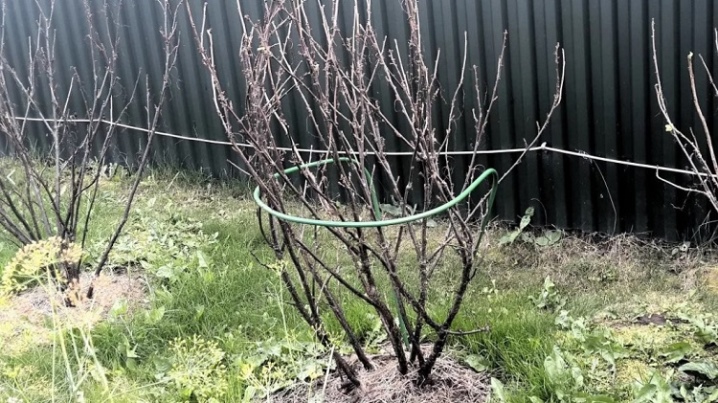
Loosening and mulching
To properly care for currants, you need to dig in and loosen them - a process that is mandatory for all garden plants. Loosening of the trunk circle to a depth of 15-20 cm should be done with caution, trying not to damage the roots. Removing weeds at the same time eliminates the competition for nutrients from the shrubbery.
Subsequent spring mulching retains moisture, prevents crusting and new weeds from sprouting. You can mulch with straw and freshly cut grass, peat or humus. The earth around the bush is dug up, then mulched with a layer of at least 5 cm. If everything is done correctly, the currants will get an excellent head start at the start of the summer season.
Watering
The gardener receives large, juicy and sweet berries only if the plant is not deficient in moisture. Starting in spring, currants are watered weekly at the rate of at least three buckets of water at room temperature (+ 23 ... 25 ° C) under an adult bush. In this case, it is necessary to water the entire area evenly, leaving the mass of foliage dry.
Watering is reduced at the moment when the ovary begins to stain, otherwise waterlogging will lead to cracking of the berry.
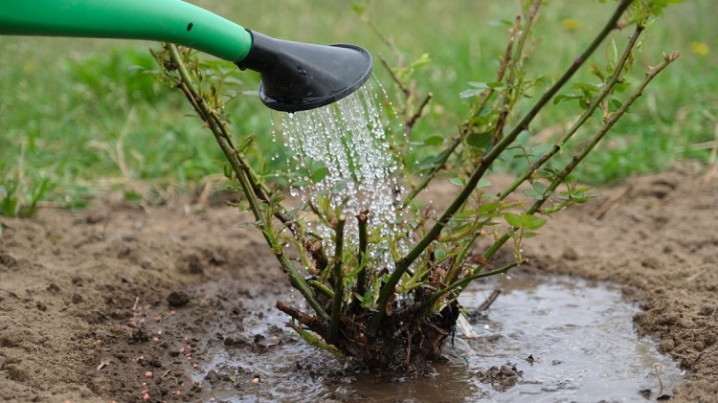
Top dressing
Currant care in spring, in April and in March, cannot do without introducing the nutrients necessary for a good harvest.
Root
The complex of spring root dressings includes the supply of minerals to the plant. Nitrogen-containing fertilizers are applied in early spring during the swelling of the buds at the rate of 1 tbsp. spoon of urea in 10 liters of water. Around the trunk circle, a groove is dug along the diameter of the crown with a depth of about 15-20 cm. The prepared solution is poured into this moat. Nitrogen fertilizing provides an increase in the vegetative mass. The next feeding is carried out during the budding period. To do this, prepare a mixture: 1 tbsp. tablespoons of potassium sulfate and humus. The resulting composition can simply be sprinkled on the soil under the currants - subsequent watering will help dissolve the mixture.

Foliar
Currants are fed with trace elements by spraying, which is called foliar feeding - this also contributes to obtaining a high-quality high-quality crop. The event is held in cloudy weather, having previously prepared the mixture in the required proportions:
- manganese - 5 g;
- boric acid - 2 g;
- copper sulfate and zinc sulfate - 2 g each
The folk method - spraying with a solution of baking soda or soda ash, saturates the currants with sodium, although the effectiveness of the reception is very controversial.


Treatment against diseases and pests
Contrary to the claims of most gardeners that the most effective time for spring treatments is March, the timing may be different. It all depends on the region. For example, in the Krasnoyarsk Territory, March is almost a winter month. Spring is just beginning to make itself known, vegetable gardens and orchards are still under snow, temperatures are below zero day and night.
Fungi and insects are under the snow, and no chemicals are able to reach them. All the more useless are folk remedies, the action of which is much milder. Work should be started, focusing on the local climatic features and the condition of the plants. If the kidneys began to swell, then the time has come.
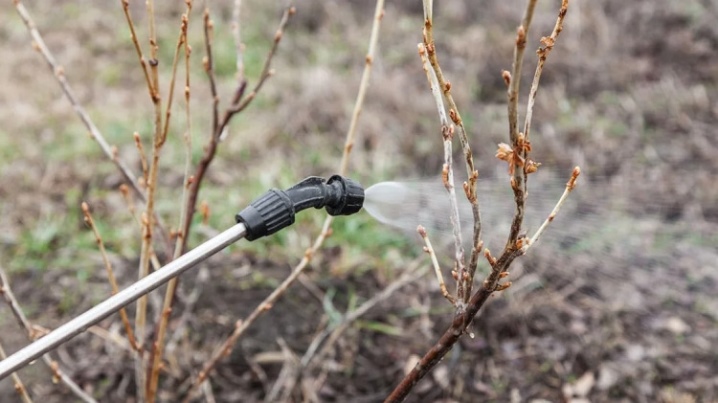
Fight disease
Currants, raspberries, gooseberries are some of the most popular and traditional fruit plants for Russian gardens, widely known for more than one century. Shrubs were grown in merchant, noble and royal estates. Unfortunately, they are not highly resistant to all types of diseases.
The most dangerous diseases for currants:
- anthracnose and rust;
- septoria and gray rot;
- spheroteca, reversion, striped mosaic.
Before treating a plant, it is necessary to make a diagnosis, and only then choose the means to combat the disease. As for drugs, modern industry offers a lot of relatively safe and gentle formulations in comparison with the "slaughter" agricultural products of the post-Soviet space:
- "Topaz";
- copper sulfate (3%);
- iron vitriol (5%) - both vitriol is used in early spring;
- Bordeaux liquid (1%) - bushes are treated with it in early spring, as well as after harvest.
A folk remedy - an extract from wood ash: 100 grams of ash is diluted in 1 liter of water and insisted for three days. After the expiration of the period, the solution is filtered and topped up with three more liters of water. One of the above means is carefully sprayed on the bushes.

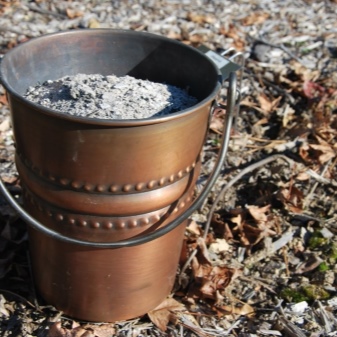
Pest control
For currants, as well as for other fruits, means of prevention and pest control are no less important. Insects are capable of inflicting not only significant damage, but also completely destroy the plant and even all plantings.
The most common and dangerous:
- kidney mite and moth;
- kidney moth, glass case, sawfly;
- currant aphid, currant goldfish, currant gall midge.
Chemicals:
- Aktara, Alatar, Aliot;
- Iskra, Inta Ts-M, Kinmiks;
- Biotlin, Karbotsin, Fufanon-Nova.
In addition, there are folk remedies that are used by those who prefer natural substances in their area. Most often used:
- soap solution;
- boiling water - they are treated with not awakened shoots from a kidney mite;
- herbal infusions - garlic, tobacco, dandelion, nightshade, onion peel.
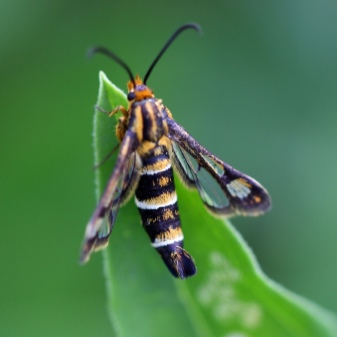
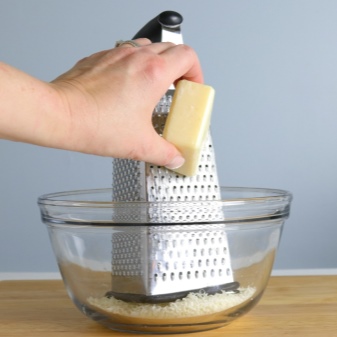
To obtain a greater effect during processing, a number of conditions must be observed:
- spraying is carried out before the start of sap flow;
- the drug is diluted exactly as indicated by the manufacturer;
- preliminarily carry out sanitary and shaping pruning, cleaning, loosening, mulching;
- not only shoots are sprayed, but also the soil under the bush;
- the event is held on a dry, windless day or evening, with the nearest forecast of no precipitation;
- must have protective clothing and a respirator;
- there should be no children, birds or animals nearby;
- the remains of the solution cannot be stored, they must be disposed of.
Sometimes currant bushes are whitened, this is also a fairly effective method of protection against parasites, especially if you mix lime with Bordeaux liquid. When choosing a time for work, it is worth remembering that currants wake up very quickly, only a few warm days are enough for it.
Quite often, summer residents use the method of processing currants with fire. However, its effectiveness is highly questionable. The female tick hibernates inside the kidney, it is such a kidney that must be destroyed. It is almost impossible to burn a bud on a bush without damaging the branches. A visual inspection, selective removal of the kidneys will be required, and if the lesion has captured almost the entire branch, then it must be cut off and burned. Around the same time, you can graft currants.

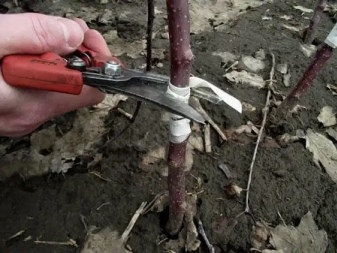
Useful Tips
To avoid the most common mistakes when growing a crop, and subsequently get a good harvest, you can use a few tips from experienced gardeners.
- It is necessary to choose the most suitable place for planting. The level of illumination is important - a constant shadow serves as a provocateur for the appearance of pests and diseases, at the same time, prolonged exposure to the sun can cause burns, drying out of young shoots.The best option is a semi-shaded place near the fence, tree, wall of the house.
- It is imperative and timely to carry out all activities for the formation of the crown. The great thickening and spreading may look beautiful, but it certainly has a negative effect on the quality and quantity of the crop.
- You cannot rely on natural precipitation - they are not enough for an adult bush. Currants need to be watered regularly, unless long rainy weather is established. Lack of moisture negatively affects the development of the plant.
If there are still no bushes of various currants on the site, then it must be planted. An unpretentious plant will thank for the care and attention not only with a valuable berry, but also decorate the site. Large-fruited red currants are especially good at the stage of technical ripeness. Its crimson brushes look amazing against the background of green foliage of large bushes. Golden currants can be planted as a hedge as their height reaches 2-2.5 m.
In addition, it serves as an excellent stock for other varieties of currants and provides a graft with large and sweet berries.

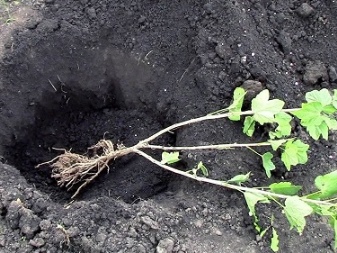













The comment was sent successfully.